Otherscapes, the new exhibition running at Joburg Contemporary Art Foundation (JCAF), puts forward four installations by four artists, each a version of their grappling with the reality of post-apartheid South Africa. The exhibition has been positioned as a reckoning of where we are, somewhere between the milestones of utopia and failure.
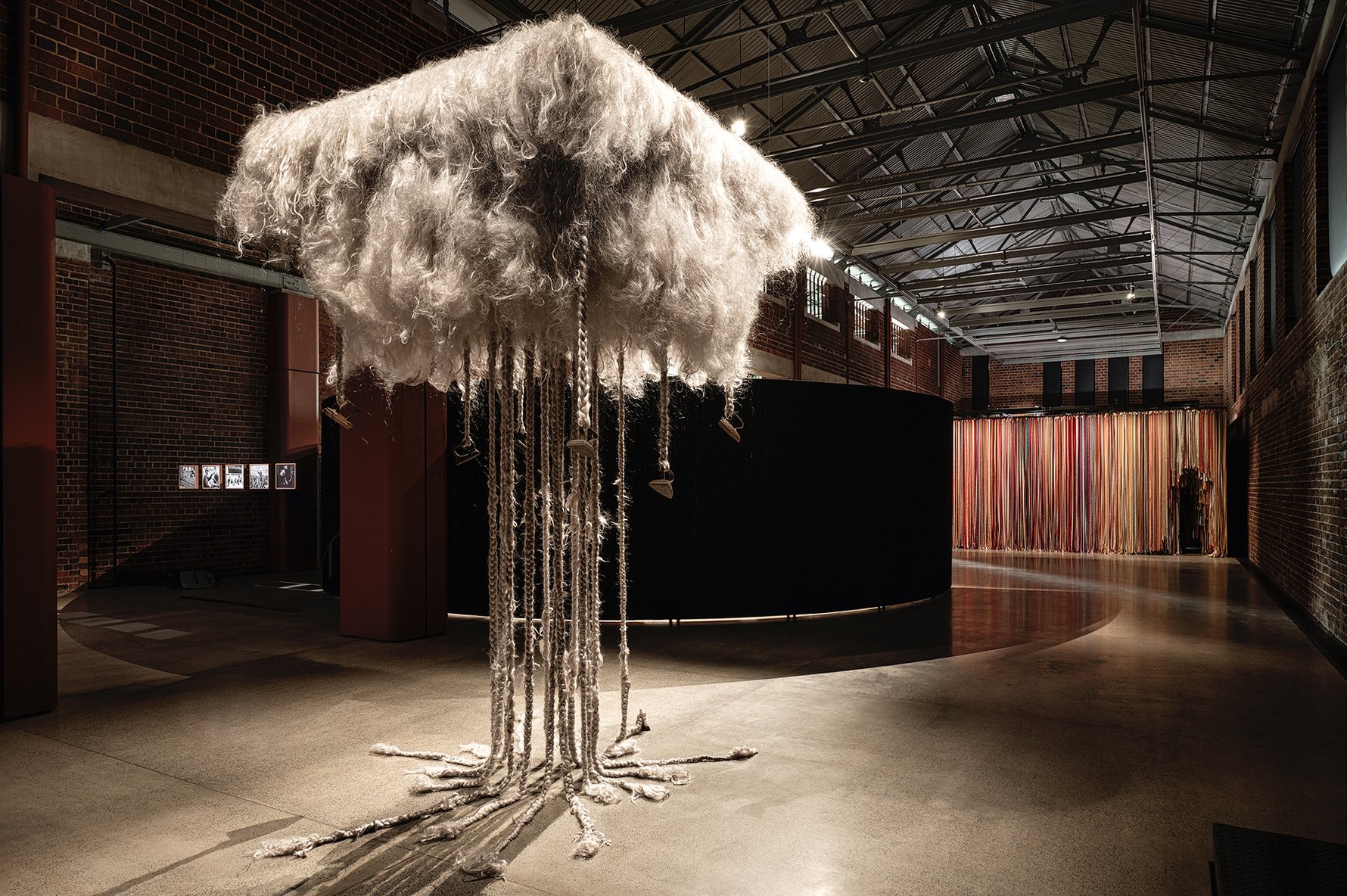
A small series of five photographs at the entrance to the exhibition provides a timeline. They present the stark facts of recent history, each an iconic image of a historical moment.
There is the exhilaration of voting for the first time in a democratic election in 1994, represented by a spiralling queue of thousands of people, patiently awaiting their turn. Next is the jubilation of a Rugby World Cup win, a history-making moment of unity. Here the viewer sees Nelson Mandela wearing the green and gold Springbok jersey and standing side by side with captain Francois Pienaar (it’s the stuff out of which our Rainbow Nation dreams were made and a moment that resulted in the film Invictus, that captured the world’s imagination). An image from the Truth and Reconciliation Commission is next, and by its position could either be signalling a victory, or a sense of decline as it's juxtaposed against a shot of the miners' strike at Marikana in 2012 that resulted in the deaths of 47 people. Load-shedding is next up, the darkness that has engulfed us becoming even more weighted in this context.
And yet the curators urge us to not be led by this framing, and to rather consider the idea of failure as being more interesting than that much longed-for utopia. Failure is a place of learning. It’s not the end point, we are reminded. In the positive perception of failure lies the possibility for change, and growth. And again, we are confronted with a choice of whether one wants the world before us to shrink or blossom.
The exhibitions at JCAF always focus on a small number of artists and works, and previously have traced interrelationships between works, epochs, and geographies.
Otherscapes is different in that it feels less prescriptive. There is a lightness to the curation, where each installation presents a small universe at which to marvel, and positions the milestones of our recent history in a different way.
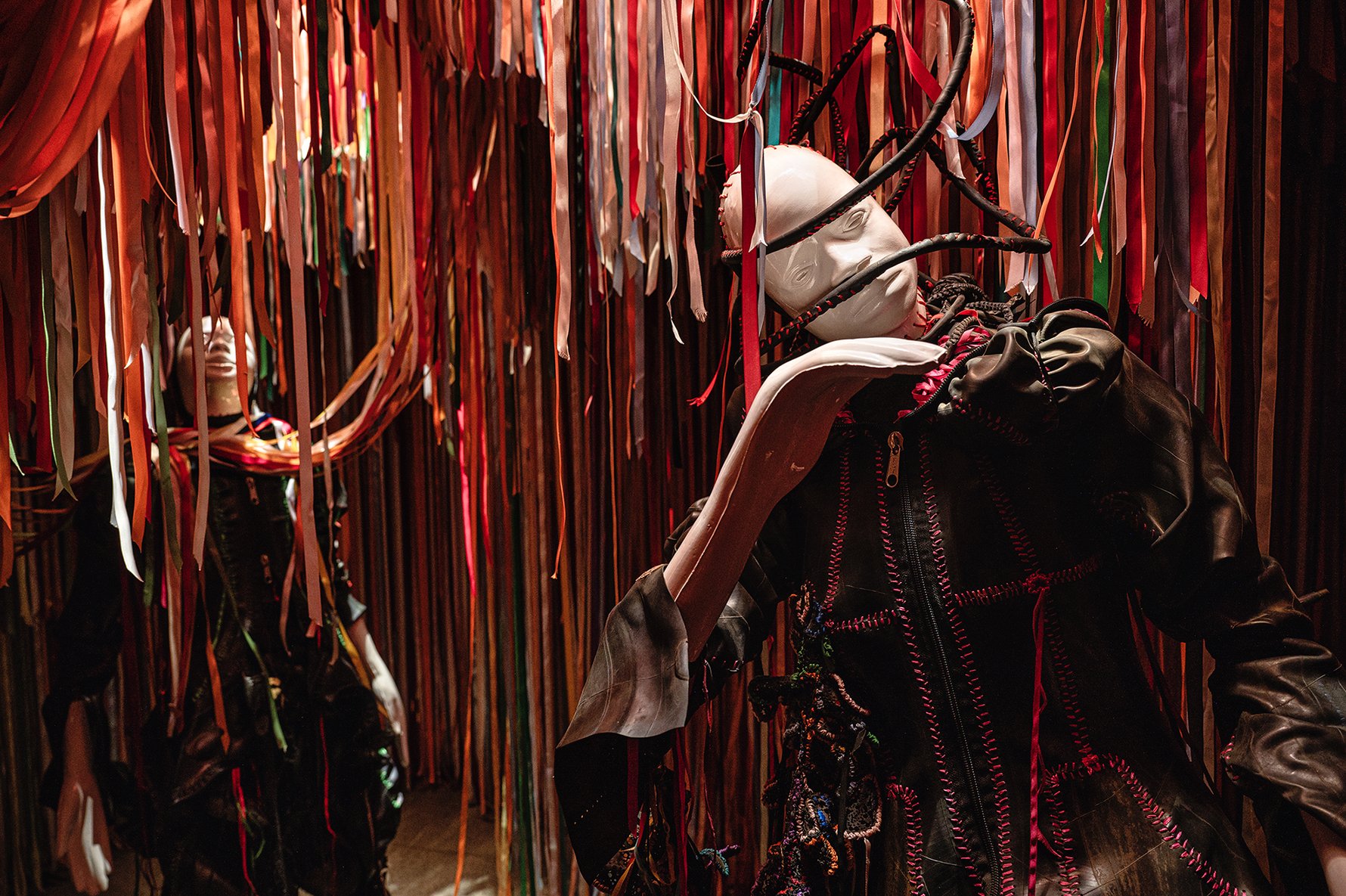
Fascinatingly, these pieces are drawn from one private collection, and each had to be reassembled in the space for this exhibition. Once you’ve seen the pieces, you’ll understand what a huge feat that is.
As a viewer you walk past, through, and under the installation pieces, creating a sense of immersion and a sense of wonder.
First up is Sthembile Msezane’s Avuleka AmaZulu (2017). A cloud, it hangs above the space, portending rain, which could be a blessing but could also be a washing away of certainty. There’s a magical quality in how this work is suspended above the space, drawn down to earth by symbolic ladders that resemble hair braids, several metal irons hanging off these. It’s suggestive of a female energy, of a link between the heavens and the earth, of a spiritual and physical realm, of domesticity as suggested by the irons. It’s heavy and light all at the same time, a dwelling on black epistemology and ancestry as much as it is a piece of abstract beauty.
A few steps and you are encircled by Siemon Allen's Stamps V: 100 Years of South African Stamps (1910–2010) (2010), representing a century of how the South African government has chosen to represent the country to the world. It’s a peculiar collection – and utterly fascinating, moving through different regimes, and encompassing the spectrum from traditional heritage stamps of idyllic-seeming pastoral life, to the bizarre and quirky 3-D collection that might make you wonder what those particular philatelists were inhaling at the time. There are hundreds upon hundreds of stamps, and they lure you in for a closer look. It’s so interesting to try and match what was happening in the country at the time, to what was being sent out to the world. For example, at the time that iconic Black Consciousness leader Steve Biko was killed, the Postal Service appeared to be obsessed with showing South Africa’s succulents in all their glory.
Make your way to Solipsis I (2011) by Wim Botha, an incredible display of majestic figures carved from what at distance appears to be stone but is, in fact, polystyrene. A swirl of chaos, suggesting conflict and violence, the artist chose to represent the heaviest subjects with the lightest of materials. To this eye, these sculptures are reminiscent of the shapes one carves out of foam bath bubbles, almost playful and yet anything but.
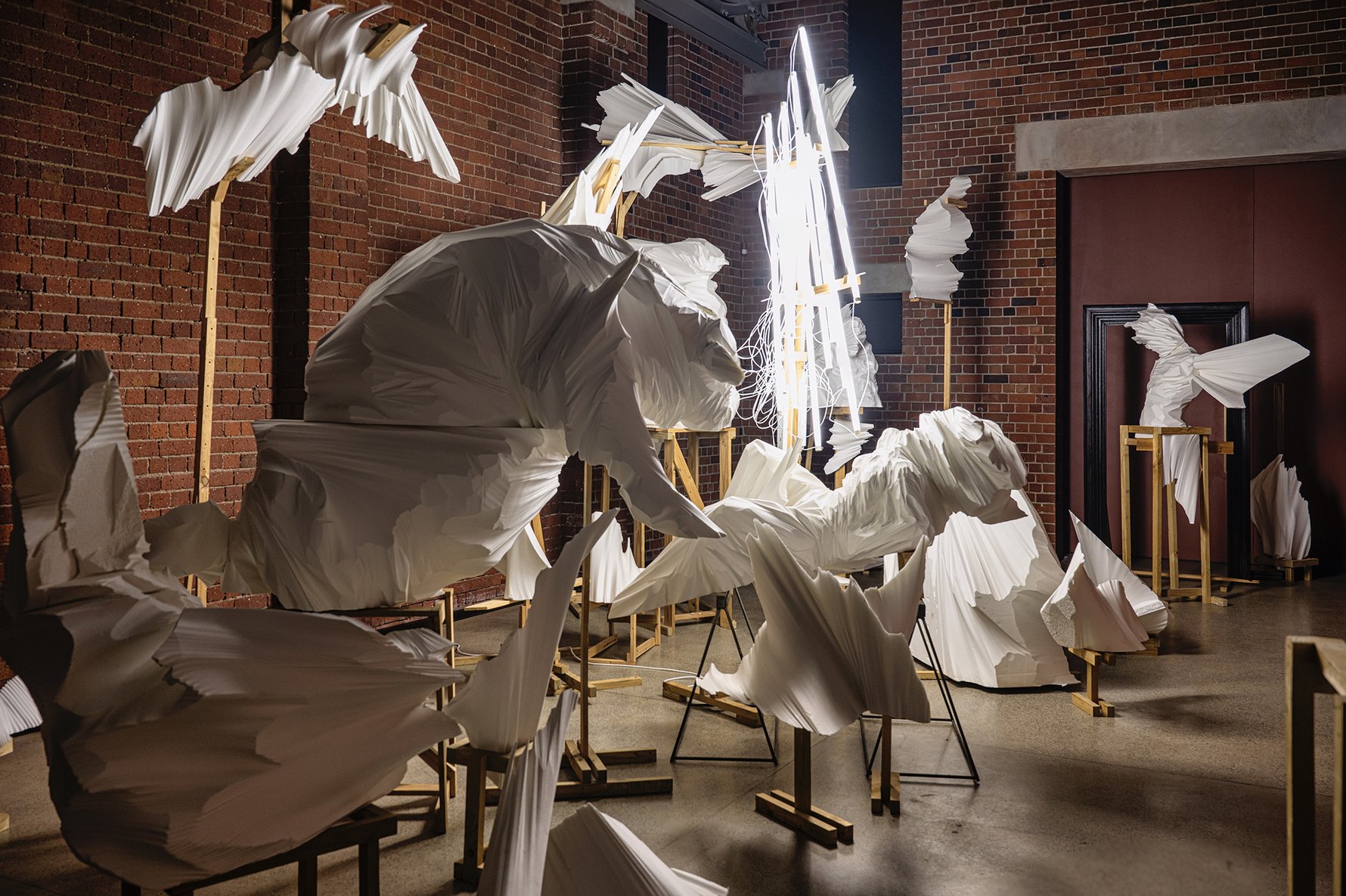
Finally, you’ll walk through Ndize (2010) by Nicholas Hlobo, an installation that will take your breath away with its intricacy and scale – made from thousands of rainbow shade ribbons that hang down creating passages for you to walk through, into the darkness and then into the light where two sculptures confront each other. It’s a cage of the lightest materials, full of softness and bright colour that contains a darkness within.
This is the type of exhibition that this writer doesn’t want to share more of because the experience of being in the space will transcend any attempt to describe it. And as always, JCAF has created a highly considered experience – one designed around you, the visitor. All that’s left to do is book your space (JCAF is free to visit), and possibly a return visit. It will be worth it.
Otherscapes runs until Sat, Nov 4, 2023. Booking is essential.


-photoGrahamDeLacy_m.jpg)
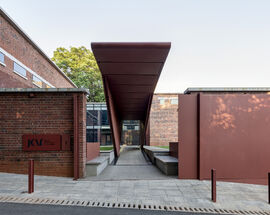
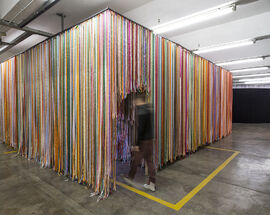


Comments